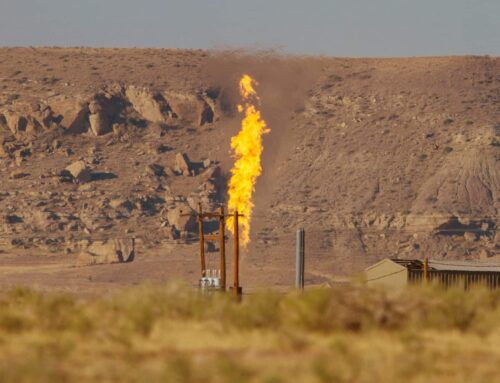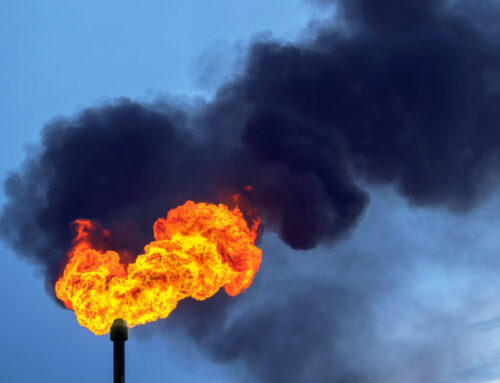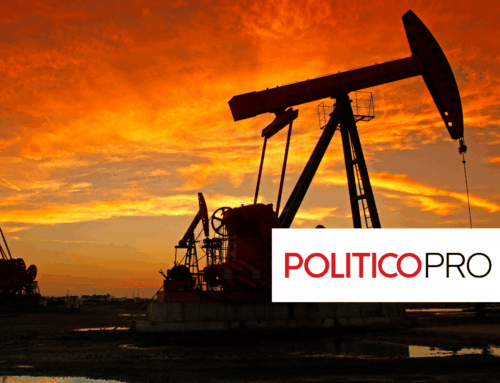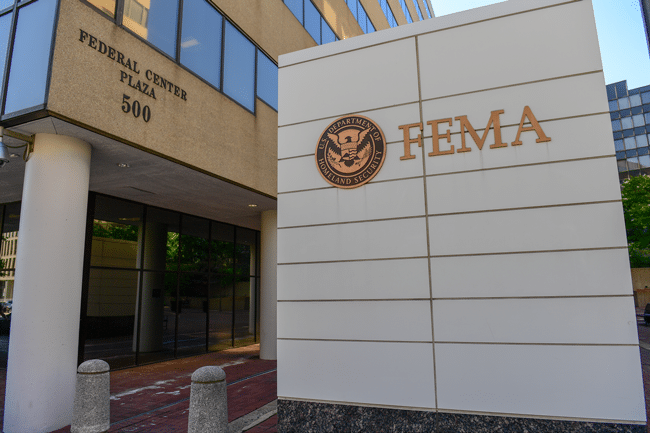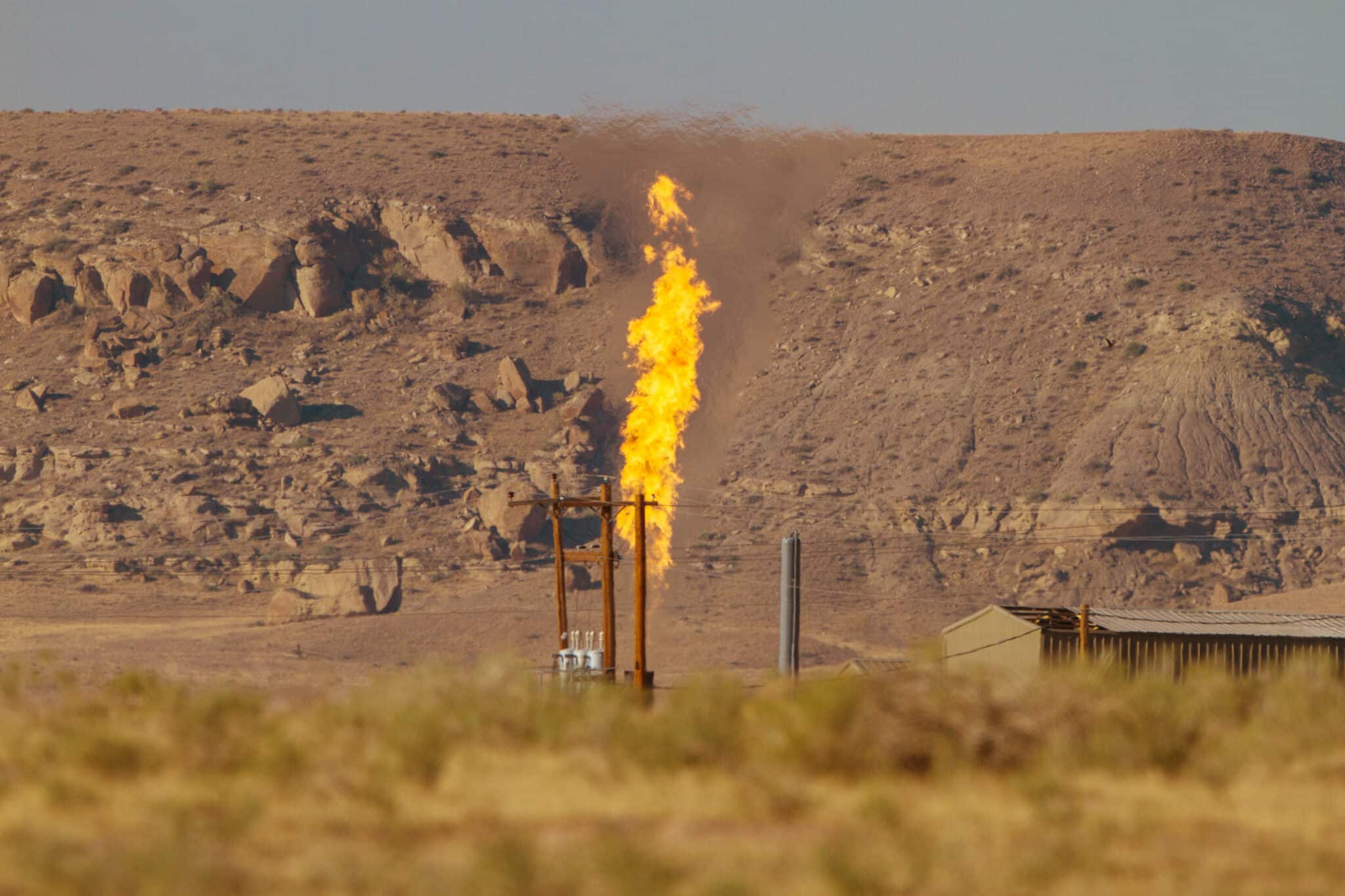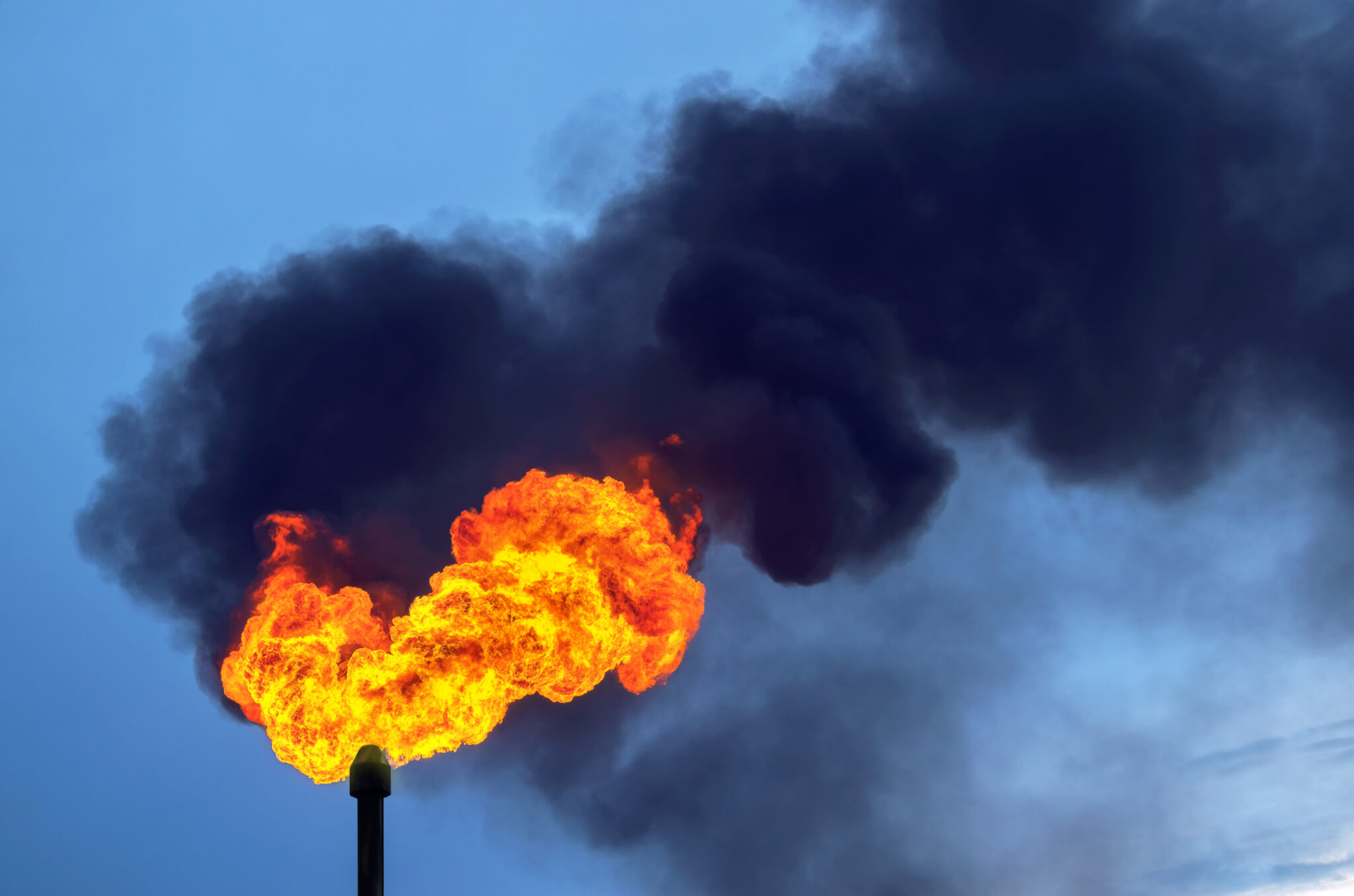For too long, in the rush to increase profits by quickly bringing oil and natural gas to market, operators in the U.S. have wasted massive amounts of methane—a valuable resource that American consumers ultimately pay for. From drilling, to transportation, to refining, oil and gas companies are releasing billions of cubic feet of methane into the air every year. Whether it’s due to poor maintenance or deliberate venting and flaring, the waste is staggering.
This waste squanders a valuable resource that could have been brought to the market. Like a leaking faucet that never gets fixed, the losses keep piling up. But there’s a way to fix the leak: by implementing commonsense measures to curb methane waste. The latest carrot-and-stick approach by Congress and the Administration to hold the industry accountable could finally put a stop to this drain on our wallets.
Passed by Congress in August 2022, the Methane Emissions Reduction Program (MERP) is part of a broader strategy to reduce methane waste in the oil and gas industry. It contains a $1.36 billion “carrot” in financial and technical assistance to help the oil and gas industry cut methane waste. But if companies don’t, they’ll face the “stick”—a $900/ton charge on methane emissions, which rises to $1,500/ton in 2026. The fee does not cover all emissions. Instead, it targets facilities emitting over 25,000 metric tons of carbon dioxide equivalent (CO2e) annually, so small businesses will not be affected. Less than 500 oil and gas facilities are predicted to actually be subject to the charge. These facilities span the entire oil and gas industry, covering everything from production and processing to storage and exportation.
Here is the nitty-gritty: the fee only applies to emissions above a certain threshold, which varies by industry sector and level of production. For example, producers can still emit 10 metric tons of methane free of charge for every million barrels of oil sent to market. Beyond that, they must pay up. The fee is projected to generate $2.3 billion over the next decade.
There is some additional wiggle room. Facilities under common ownership can offset emissions across operations, meaning they can emit more at one facility if they emit less at another. Certain emissions are exempt, such as those caused by permitting delays or from wells that are permanently shut in and plugged. Most notably, facilities that comply with new Clean Air Act regulations are fully exempt from the fee. This new rule was finalized in March 2024, and updated emissions guidelines and performance standards for the oil and gas sector. The rule from the Environmental Protection Agency (EPA) sets commonsense requirements for monitoring and repairing leaks, limits venting and flaring of methane, and establishes a new program to detect major methane leaks—called Super Emitter events. TCS applauded these actions as a critical step in tackling methane waste.
In accordance with the new guidelines, individual states develop their own plans for monitoring and controlling emissions. Once approved, facilities can comply to receive an exemption from the methane fee. Most facilities in compliance with the new guidelines will already fall below the fee thresholds. However, the policy incentivizes early adoption by allowing facilities to claim the fee exemption before full state plan compliance is required.
Ultimately the fee will apply to less than 15 percent of current wasted methane, but even that limited scope could yield significant reductions. The EPA estimates the charge will cut 920,000 metric tons of methane in the first three years (2024–2026).
The waste emissions charge isn’t final yet. While facilities will still need to pay for methane emitted this year, final action is not expected until December at the earliest. This week, TCS met with federal agencies urging them to implement the fee in a way that prevents abuse and results in real emissions reductions. We also called for increased transparency and oversight, which are key to ensuring that oil and gas companies are held accountable for their methane waste.
With record-high deficits and increasingly volatile energy demand, taxpayers can’t afford to continue with business as usual. It’s time to stop the waste. Are taxpayers carrying a big enough stick? Will industry just walk away with a bunch more carrots, while we’ll have little to show for it? Unfortunately, we’ve seen that before too many times to count.
But if done right, this new push to limit methane waste from the nation’s largest industrial source—the oil and gas industry—will be a win for taxpayers, local communities, and consumers.


